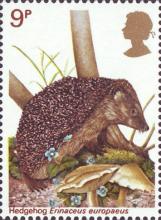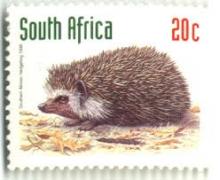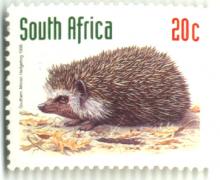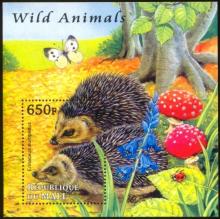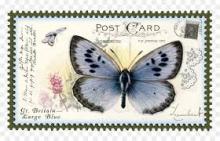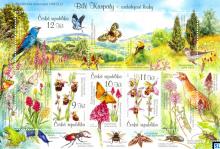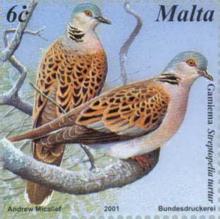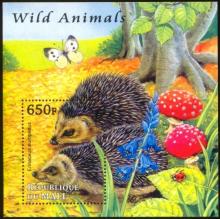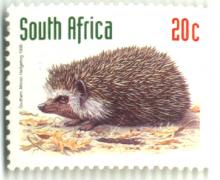Die Igel verschwinden aus Zürich
- Read more about Die Igel verschwinden aus Zürich
- Log in to post comments
Der Igel ist ein robustes Tier. Nicht nur seiner Stacheln wegen, die ihm Feinde vom Leib halten. Die kleinen Insektenfresser können sich durchaus auch im städtischen Siedlungsraum behaupten, solange sie Büsche, Hecken oder Reisighaufen vorfinden, in denen sie sich verstecken können, und offene Bereiche für die Futtersuche. So war der Igel denn auch in der Stadt Zürich in den 1990er Jahren noch weitverbreitet. Doch wie eine grossangelegte Studie nun zeigt, hat sein Vorkommen in Zürich drastisch abgenommen.

